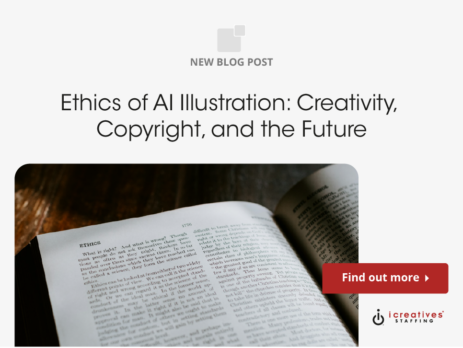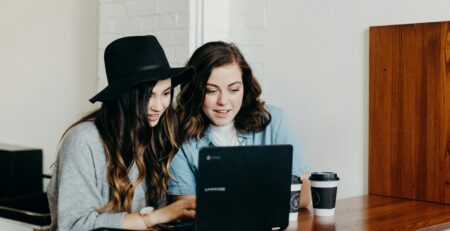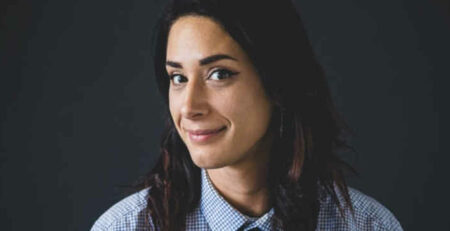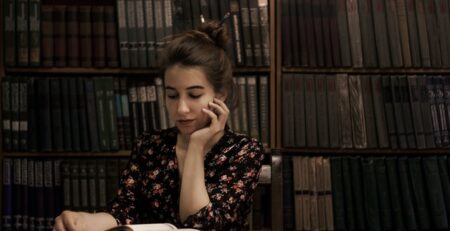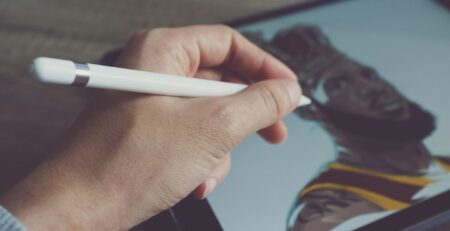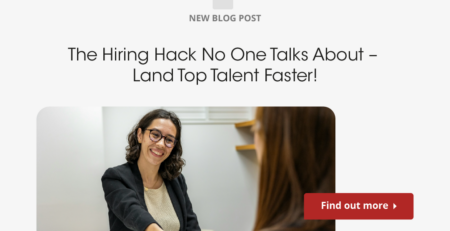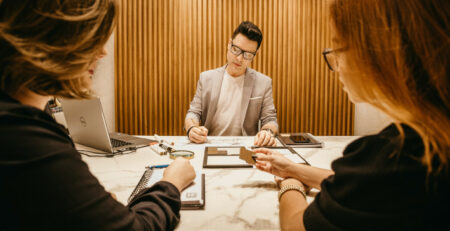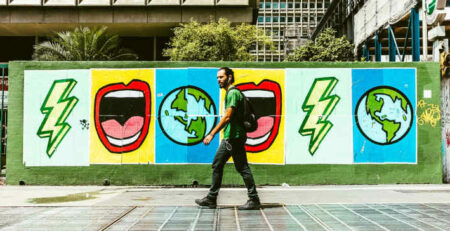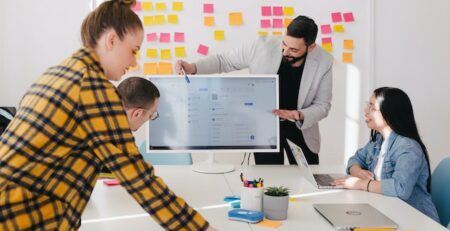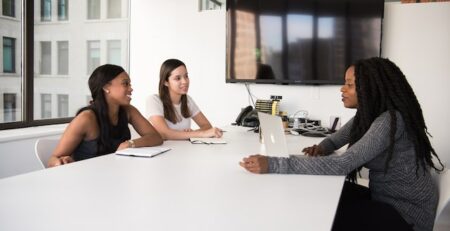Ethics of AI Illustration: Creativity, Copyright, and the Future
The integration of Artificial Intelligence (AI) into the field of illustration has sparked a complex debate surrounding the ethics of creativity, copyright, and the future of artistic expression. As AI technologies become more sophisticated, they are increasingly capable of producing works that resemble those created by humans, raising significant questions about originality, ownership, and the role of human artists in the digital age.
At the heart of this discussion is the concept of creativity. Can a machine be truly creative, or is it merely replicating patterns it has learned from a dataset? This question not only challenges our definition of creativity but also impacts copyright laws that protect creative works. The traditional view that copyright is reserved for human-made creations is being tested by the emergence of AI-generated content.
Furthermore, the implications of AI in illustration extend beyond legal concerns to ethical considerations about the future of work in creative industries. There is an ongoing concern about the displacement of human artists and the potential devaluation of art created by humans. How society chooses to integrate AI tools in creative processes could redefine cultural norms and economic models within the art community.
Moreover, the use of AI raises questions about transparency and accountability. As AI systems can draw from extensive databases of artwork, ensuring that these systems do not inadvertently violate copyright rules is crucial. Artists and companies must navigate these waters carefully to avoid legal repercussions and maintain public trust.
This article aims to explore these issues in depth, providing insights into how AI is reshaping the landscape of illustration and what it means for artists, consumers, and the broader legal framework. By examining the most asked questions about the ethics of AI in illustration, we can begin to understand the multifaceted impact of this technology.
Most Asked Questions About Ethics of AI Illustration
Legal Implications of AI-Generated Artworks
The emergence of AI-generated artworks presents new challenges for copyright law, traditionally designed to protect human creators. As AI systems do not have legal personhood, the question arises: who owns the copyright to an AI-created work? This dilemma is further complicated by the fact that AI algorithms can produce artworks by learning from existing human-created pieces, potentially infringing on original artists’ copyrights.
Current copyright laws vary significantly by country, but most share a common requirement: the work must be created by a human to be eligible for copyright protection. This criterion excludes AI-generated works under traditional interpretations, leaving a legal gray area about ownership and control of these creations.
One approach to address this issue is the introduction of new legislation that recognizes the role of the AI operator or developer. For instance, the person who inputs the data and parameters could be considered the author. However, this solution raises further questions about the extent of modification or originality required for a work to be copyrightable.
Moreover, the potential for AI to replicate copyrighted elements without clear attribution leads to risks of copyright infringement. This necessitates robust mechanisms within AI systems to track data sources and ensure compliance with copyright laws.
For more detailed insights into handling these legal challenges, consider the importance of forming an ethics committee within your organization to oversee AI projects and ensure they adhere to legal and ethical standards.
The debate extends into the realm of moral rights, which protect the personal and reputational relationship between an artist and their work. AI’s inability to have intentions or personal expressions complicates the application of moral rights in the context of AI-generated art.
Legal experts and policymakers are thus faced with the task of revising copyright frameworks to accommodate these new technological realities without stifling innovation or unfairly disadvantaging human artists.
As this field evolves, ongoing dialogue between technologists, legal experts, artists, and policymakers will be essential to navigate the complex landscape of AI and copyright law effectively.
The resolution of these issues will likely require a combination of updated laws, community standards, and new technological solutions to manage copyrights in the age of AI.
For further reading on managing digital content and copyright, explore our article on cybersecurity regulations.
AI and the Traditional Understanding of Creativity
Creativity, traditionally viewed as a distinctly human trait, is being re-evaluated in the age of AI. The ability of AI systems to generate original artworks, music, and literary works challenges our fundamental notions of creativity and artistic expression.
Philosophically, creativity involves the generation of ideas or products that are both novel and appropriate. While AI can certainly produce novel artworks, the question of whether these are truly creative endeavors or merely the outcomes of complex algorithms processing vast datasets remains.
Some argue that true creativity requires consciousness, emotions, and subjective experiences—qualities that AI lacks. Others suggest that the process and output are what define creativity, not necessarily the creator’s nature.
This debate has practical implications for artists and the creative industry. If AI can produce work that is indistinguishable from that of humans, what does that mean for the value and perception of human-created art?
Moreover, the integration of AI tools in creative processes can be seen as a form of augmented creativity, where human artists use AI to enhance or inspire their work. This collaborative approach could lead to new forms of art that were previously unimaginable, pushing the boundaries of traditional creativity.
However, there is also a risk that reliance on AI tools could homogenize art, reducing the diversity of creative expressions. Ensuring that AI serves as a tool for enhancing human creativity, rather than replacing it, is a significant challenge for the industry.
For a deeper understanding of how AI tools can be used effectively in the workplace, check out our guide on boosting productivity with AI tools at work.
The discussion about AI and creativity also intersects with issues of bias and fairness. AI systems are only as unbiased as the data they are trained on, and thus, they can perpetuate existing biases in creative outputs.
Addressing these concerns requires careful consideration of the data used in training AI systems and ongoing monitoring to ensure that AI-generated works do not perpetuate stereotypes or biases.
Ultimately, the relationship between AI and creativity will continue to evolve as technologies develop and our understanding of what it means to be creative expands. This evolution will necessitate continuous dialogue and reassessment of our values and norms around the creation and consumption of art.
Potential Job Impacts for Artists with the Rise of AI in Illustration
The integration of AI into the field of illustration is not without its challenges, particularly concerning the job market for human artists. As AI technologies become capable of producing complex artworks, there are valid concerns about job displacement and the devaluation of skills that have traditionally been highly valued in the art community.
One potential impact is the automation of certain types of artistic jobs, particularly those involving repetitive or standardized tasks. For example, AI can already perform tasks such as basic photo editing and pattern generation more quickly and efficiently than humans. This shift could lead to a decrease in demand for human artists in certain roles, particularly in commercial settings where speed and cost-efficiency are prioritized.
However, there are also opportunities for artists willing to adapt and collaborate with AI technologies. AI can serve as a tool to enhance the creativity and productivity of human artists, allowing them to undertake more complex and creative projects by automating routine aspects of the creative process.
Moreover, the unique insights, experiences, and emotional depths that human artists bring to their work are irreplaceable aspects that AI cannot replicate. These elements can be emphasized to maintain the value and relevance of human-created art.
Education and training will play a crucial role in preparing artists for this changing landscape. By equipping artists with skills in AI and digital tools, educational institutions can help them stay competitive and innovative in a market increasingly influenced by technology.
For insights into managing a workforce that includes both human and AI contributors, consider reading our tips for managing a remote workforce, which can be adapted to include AI elements.
Additionally, the art community can advocate for policies and programs that support artists through transitions and encourage the ethical use of AI in art. This includes funding for artist residencies that explore AI, exhibitions that focus on human-AI collaboration, and public discussions about the role of AI in art.
The potential for new markets and audiences should also not be underestimated. As AI-generated art becomes more mainstream, there is a growing audience interested in these works, which can lead to new opportunities for artists skilled in both traditional and digital techniques.
Ultimately, the impact of AI on jobs in the art world will depend on how well artists and the industry can adapt to these changes. Those who can integrate AI into their work creatively and effectively are likely to thrive, while those who cannot may find it increasingly difficult to compete.
For further exploration of career transitions and adaptations in new industries, read about building a career in a new industry.
Protecting Artist Works in an Era of AI-Generated Content
As AI continues to make inroads into the creative industries, protecting the intellectual property of human artists has become a pressing concern. The ease with which AI can replicate and alter existing artworks without clear attribution or consent poses significant challenges for artists seeking to safeguard their creations.
One fundamental step is for artists to understand their rights and the legal protections available to them. This includes familiarizing themselves with copyright laws and how they apply to digital creations and AI-generated content.

Artists can also employ technological solutions, such as digital watermarks and blockchain technology, to establish ownership and track the distribution of their works. These tools can help prevent unauthorized use and ensure that artists receive proper attribution and compensation.
Licensing agreements are another crucial tool. By specifying how and where their work can be used, artists can exert greater control over their creations, even when they are incorporated into AI-generated projects.
Collaboration between artists and AI developers can also lead to better outcomes for both parties. By working together, they can develop AI systems that respect and enhance the creative contributions of human artists rather than diminishing them.
Advocacy and collective action can further strengthen artists’ positions. Unions and professional organizations can play a key role in negotiating fair terms and advocating for laws that protect artists’ rights in the digital age.
For more on enhancing professional skills in negotiation, check out our resources on successful negotiation skills.
Educational initiatives that teach artists how to interact with AI technologies and protect their work are also essential. Workshops, seminars, and courses can equip artists with the knowledge and skills they need to navigate the evolving landscape of digital art.
Finally, public awareness about the challenges faced by artists in the digital age can drive support for more robust protections and ethical practices in the use of AI in art.
By taking these steps, artists can better protect their works and ensure that the rise of AI in illustration leads to opportunities rather than obstacles.
Ethical Guidelines for AI in Art Creation
The use of AI in creating art raises several ethical questions that need to be addressed to maintain trust and integrity in the creative industries. Establishing clear ethical guidelines is crucial for ensuring that AI is used responsibly and in a way that enhances the artistic community rather than undermining it.
Transparency is one of the foundational elements of ethical AI use. Artists, consumers, and critics should be able to understand when and how AI has been used in the creation of artwork. This includes clear labeling of AI-generated content, which helps maintain honesty and integrity in the art market.
Respect for originality and avoiding plagiarism is another critical aspect. AI programs should be designed to create genuinely original works and not simply replicate existing artworks without modification. This involves careful programming and the use of sophisticated algorithms that emphasize novelty and uniqueness.
Privacy and data protection are also paramount, particularly when AI uses personal data to create art. Artists and developers must ensure that they have the necessary permissions to use the data and that they handle it with care to avoid breaches of privacy.
For more on the role of ethics in business practices, consider the benefits of outsourcing to experts who can ensure ethical compliance in various business areas, including the use of AI.
Inclusion and diversity should also be considered in the development and deployment of AI in art. This includes ensuring that AI tools are accessible to a wide range of artists and do not disproportionately benefit certain groups over others.
Finally, ongoing dialogue and collaboration among stakeholders in the art community are essential. This includes artists, technologists, legal experts, and ethicists who can collectively explore the implications of AI in art and work towards solutions that benefit the entire community.
By adhering to these ethical guidelines, the art community can embrace the potential of AI to transform creative expression while ensuring that these advancements are made with consideration for moral and ethical standards.
Conclusion
The integration of AI into the field of illustration is transforming the creative landscape in profound ways. While it presents significant challenges, particularly in terms of copyright, creativity, and job security for artists, it also offers new opportunities for artistic expression and collaboration.
Addressing these challenges requires a multifaceted approach that includes updating legal frameworks, enhancing the skills of artists, and establishing ethical guidelines for the use of AI in art. By taking these steps, the art community can navigate the complexities of this new landscape effectively.
As we continue to explore the potential of AI in illustration, it is crucial to maintain a dialogue among all stakeholders involved. This will ensure that the evolution of art in the age of AI is guided by a commitment to fairness, creativity, and respect for the human element that remains at the heart of all artistic endeavors.
The future of AI in illustration is not just about technology but about how we choose to integrate these tools into our cultural fabric. With thoughtful consideration and strategic planning, AI can enhance the art world, offering new ways for artists to express themselves and connect with audiences around the globe.
Ultimately, the ethical use of AI in illustration hinges on our ability to balance innovation with respect for traditional artistic values. As we move forward, it will be the responsibility of artists, technologists, and policymakers alike to steer this course thoughtfully and creatively.
For further insights into how AI is reshaping other industries, learn more about AI and its applications across various sectors.
In today’s competitive market, finding the right creative and marketing expert can be a challenge. But with icreatives, you’re in experienced hands. With 37 years in staffing and a track record of matching more than 10,000 employees to over 1,000 companies worldwide, we know how to connect you with the best. Plus, you only pay if you hire—there’s no risk, only results. Ready to find your perfect creative or marketing expert? HIRE WITH ICREATIVES today!

